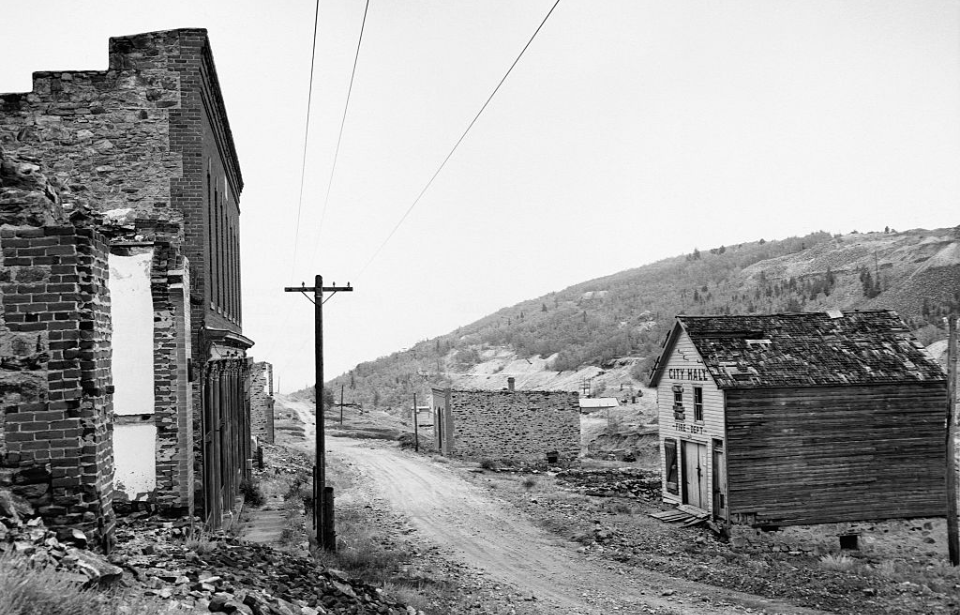The Colorado Gold Rush, known at the time as the Pike’s Peak Gold Rush, began in July 1858 and lasted until around February 1861. It was one of the greatest gold rushes in American history with over 100,000 people moving to areas suspected of containing precious gold. In order to accommodate these men and their families, entire new towns were created.
Generally, these towns began as camps that arose in the area surrounding the gold mines. Many would grow to include buildings, homes, and businesses to support the workers. Some of these camps eventually became cities, but most of them turned into ghost towns when the gold ran out. This was precisely the case for Nevadaville, Colorado.
Founding of Nevadaville
Nevadaville was founded in 1859, the year considered to be the most profitable of the Colorado Gold Rush. There were two gold mines in the nearby area – the Burroughs lode and the Kansas lode. Nevadaville arose here house the workers and their families, most of whom were Irish. Although it may not look it today, the town was actually considered one of the most important settlements in the area.
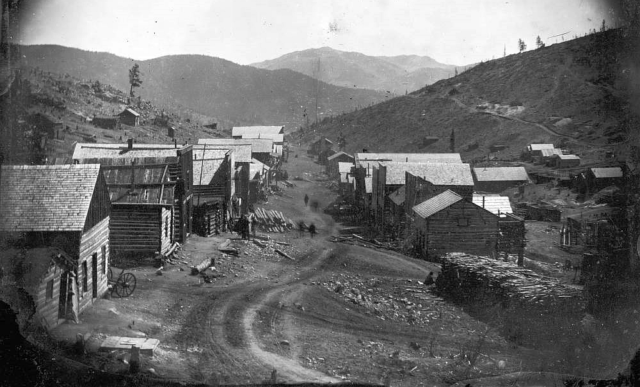
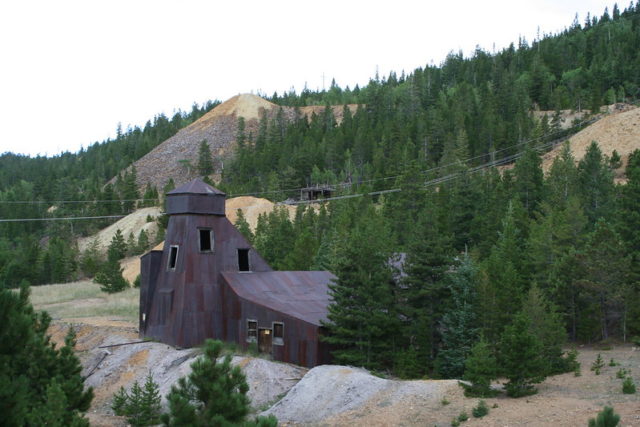
Population estimates vary depending on the source. Some say the town peaked at 1,084 people in the 1880s, while others say that the population reached 4,000 or more during the height of the gold rush. As well as miners and their families, there were many other people who inhabited the town, including teachers, preachers, builders, and the businessmen who opened shops in Nevadaville.
Fire of 1861
In 1861, disaster struck Nevadaville when a massive fire started and quickly made its way through the town. By this point, the town had grown in size and there were many buildings. The fire was so large that it destroyed over 50 of these structures and businesses, devastating the community.
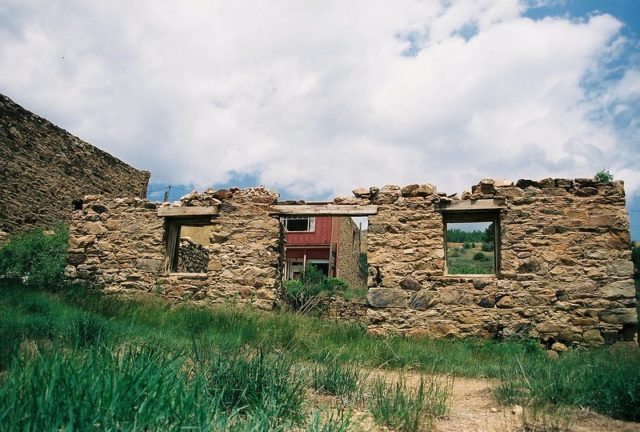
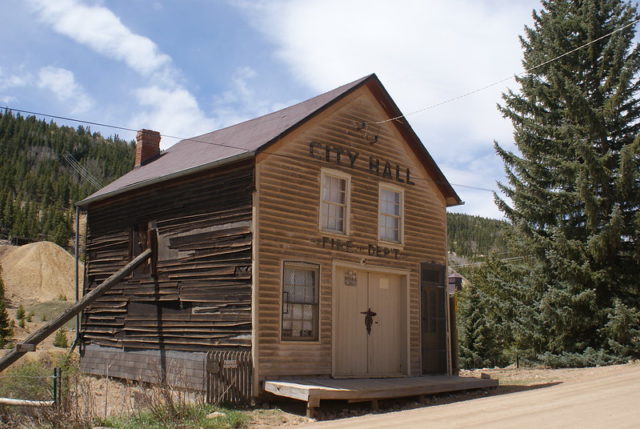
Fortunately, with some quick thinking, residents were able to use TNT to save the remainder of their town from being demolished by the raging fire. According to news reports from the time, the fire started in nearby Bald Mountain and burned there for many days before a strong wind carried it toward the town, making quick work of the buildings. After the devastation, the citizens of Nevadaville worked to rebuild. They were largely successful.
A ghost town
Despite efforts to rebuild, Nevadaville was just not sustainable in the long run. By the early 1890s, the town was already struggling as most of the easily accessible gold ore had already been mined. What was left was the ore deeper down, but that was difficult to reach given the technology at the time. Residents managed to survive, however, thanks to an ore smelter that was built in a nearby town.
From the 1880s onward, the population of the town began to dwindle. According to census records for 1930, there were only two people living in the town, although in 1940 the number jumped to 25 before declining to six in 1950.
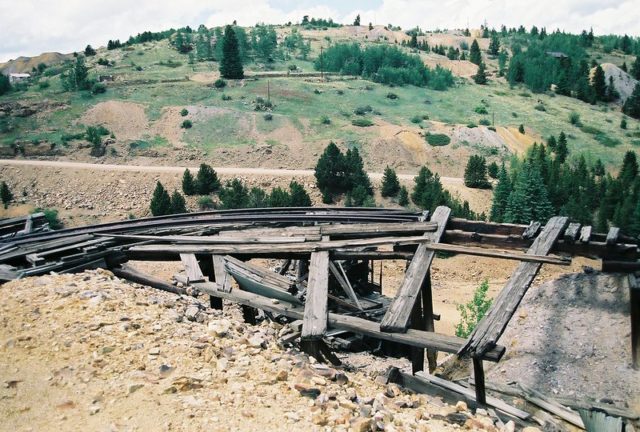
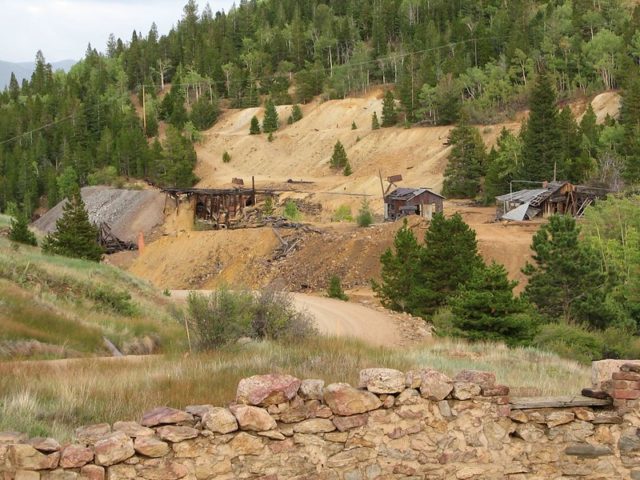
As of 2022, Nevadaville is a ghost town, although there are two people still living there. The area is considered extremely dangerous as the mine shafts are very unstable and can easily collapse under the weight of a person. There are only three buildings still being used: a saloon, a general store, and the Masonic lodge.
The Freemasons
The Freemasons have been an important institution in the town of Nevadaville since it was founded, but their temple was officially built in 1861 after the town fire burned down their initial meeting place. They designed the second space so that the meeting rooms were upstairs and the downstairs could be used as rental shops.
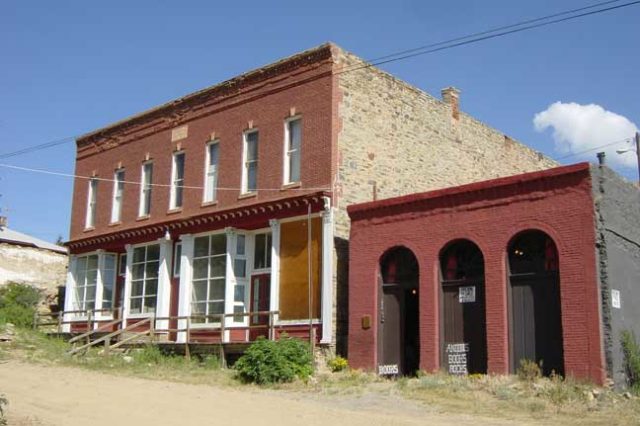
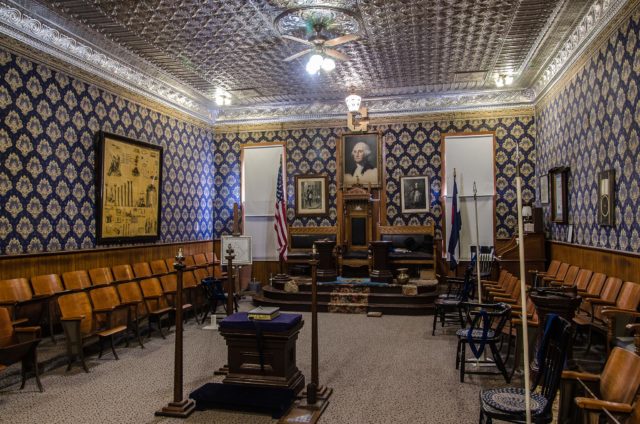
It was during the period when Nevadaville was dwindling in population that the Freemasons moved their meetings to the Central City Masonic Hall. In 1965, however, they decided they wanted to hold their meetings in the old building, Nevada Lodge No. 4 in Nevadaville. They hoped that in doing so they’d be able to raise funds that could be used to restore the lodge to its former glory.
More from us: Kennecott, Alaska is a Former Copper Mine That’s Now a Ghost Town
Their idea was a success and the “Annual Ghost Town Meeting” is held in the building, which is now undergoing renovations thanks to the funding that the meetings bring in. This is the only ghost town lodge in Colorado.
